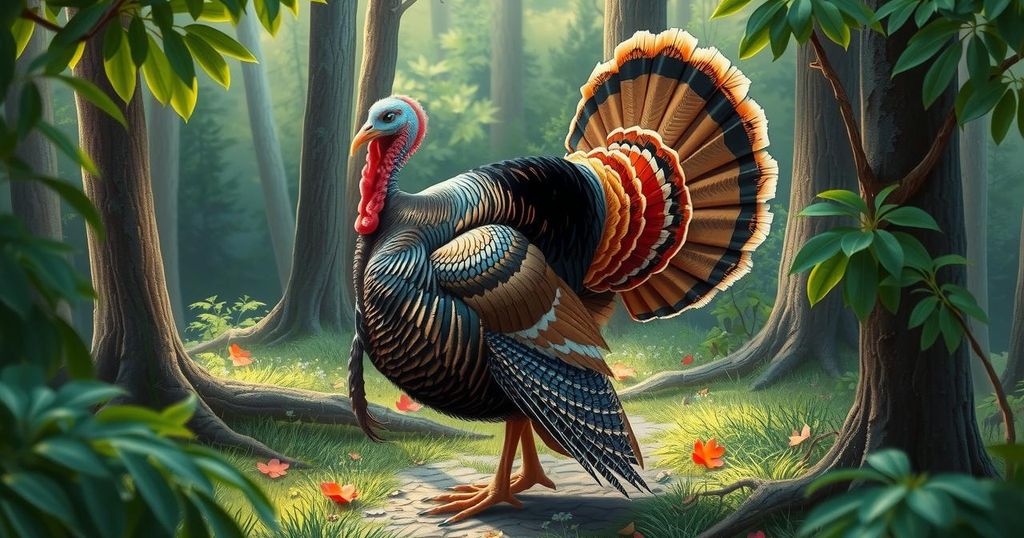Virginia Sees Increased Turkey Harvest in Eastern Shore While State Numbers Decline

DWR reports a spring turkey harvest of 20,565 in 2025, a 6% drop from 2024, yet Accomack and Northampton Counties bucked the trend with increases. Brood surveys indicate low juvenile numbers impacting future populations. DWR stresses habitat improvements to sustain turkey populations.
The Virginia Department of Wildlife Resources (DWR) recently announced a spring harvest total of 20,565 wild turkeys for the 2025 season, which stands as the fourth-highest in the state’s history. However, this figure indicates a 6% decline from the previous year. Interestingly, Accomack and Northampton Counties experienced notable increases amidst the statewide downturn, showing some localized success.
In Accomack County, hunters recorded 318 turkeys, representing a 12% increase compared to 2024, as well as a 10% rise above the county’s three-year average. Northampton County followed suit with its harvest of 86 turkeys, marking a 16% increase from last year and a 12% rise above the region’s three-year average. These numbers highlight a contrasting trend relative to the overall state data.
Despite the year-over-year decrease, the statewide harvest remains among the largest recorded. DWR officials link this statewide dip to lower recruitment rates of turkey broods in recent years. Brood surveys conducted in 2022 and 2023 revealed below-average numbers of juvenile turkeys, known as poults, which are crucial for sustaining adult turkey populations in the future.
Notably, the share of juvenile gobblers, or “jakes,” harvested increased from 7% last season to 11% this year. This rise indicates that more young turkeys were harvested, likely a result of a declining number of adult birds available to hunters, a situation the DWR continues to monitor closely.
DWR Executive Director Ryan Brown pointed out that Virginia’s turkey populations still provide significant recreational opportunities. He explained that fluctuations in turkey numbers can be attributed to unpredictable factors like hatching conditions, weather, and food availability. “Even with annual fluctuations based on the hatch, weather, and food conditions, turkey populations continue to provide great recreational opportunities across the Commonwealth,” Brown articulated.
While many parts of Virginia boast healthy turkey populations, the DWR warns that specific regions are falling short of the targets set forth in the Virginia Wild Turkey Management Plan. To address this challenge, the agency underscored the importance of improving habitats to enhance nesting and brood success. Such initiatives appear vital for the long-term sustainability and growth of turkey populations in the state.
In conclusion, while Virginia’s overall wild turkey harvest saw a decline this year, select counties exhibited positive growth. The lower numbers across the state are largely due to decreased juvenile recruitment in recent years, impacting future populations. DWR emphasizes the need for habitat improvements to bolster turkey numbers moving forward, even as it anticipates fluctuations based on environmental changes.
Original Source: shoredailynews.com







